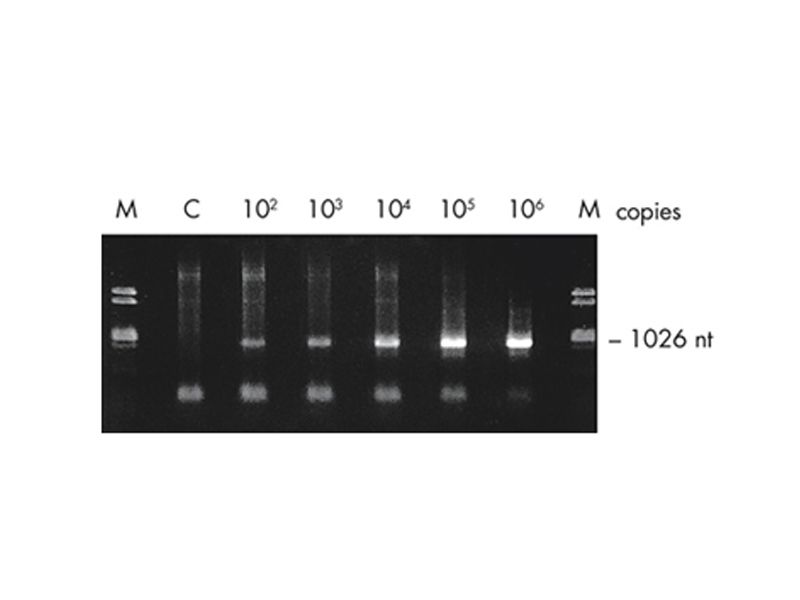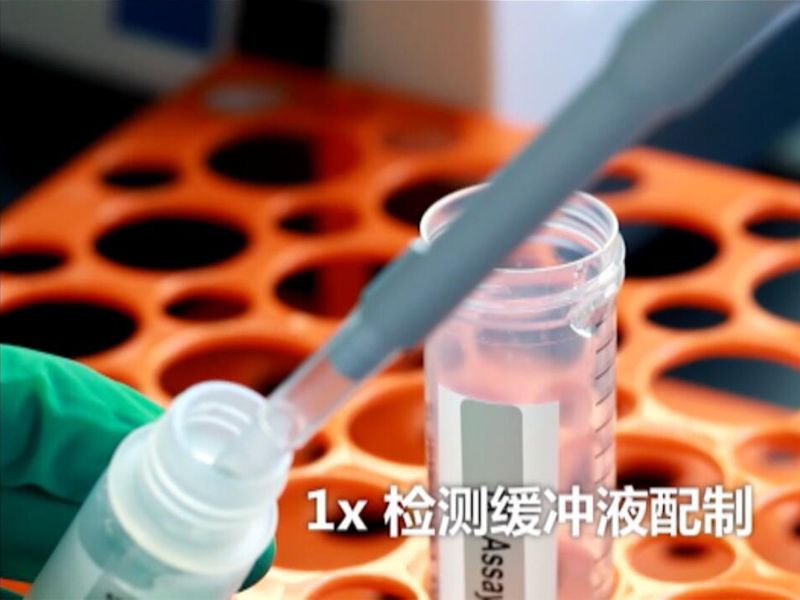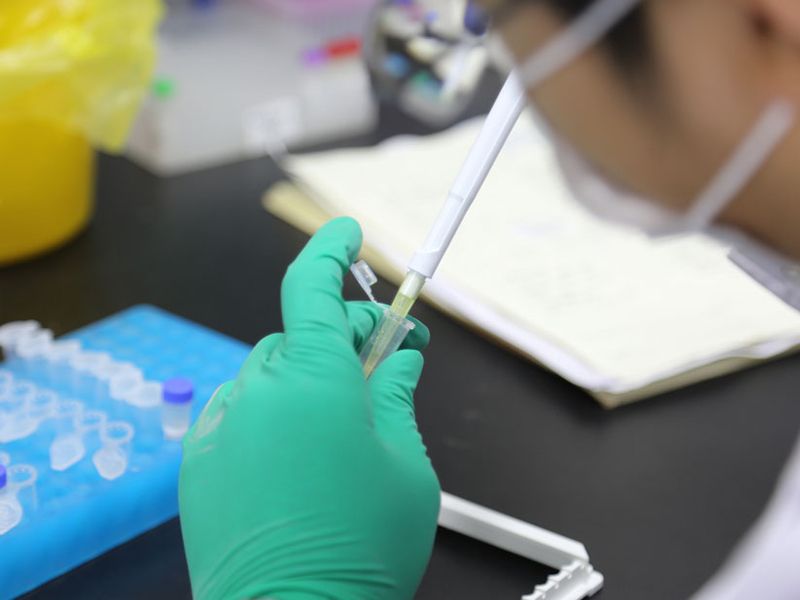https://www.liankebio.com/article-information_Tech-743.html
作者:联科生物 发布日期:2016-09-09 16:00
 想做更精准的凋亡检测,发更高逼格的好文章,快来试试pSIVA新技术吧! 凋亡检测最常用的就是基于检测磷酯酰丝氨酸(PS)外翻的Annexin V试剂盒了,但是有研究表明,磷酯酰丝氨酸的外翻是可逆的[1],而且不仅存在于凋亡细胞中,在正常细胞或凋亡后“自救”的细胞中也存在PS的外翻。传统荧光素标记的Annexin V无法区分PS的瞬时和不可逆翻转,直到2010年pSIVA技术的出现,使这种检测得以实现。 pSIVA技术原理: pSIVA(Polarity Sensitive Indicator of Viability & Apoptosis)是一种基于Annexin B12的凋亡极性检测技术,是将Annexin B12蛋白偶联IANBD(一种极性敏感性染料)形成pSIVA-IANBD复合物, pSIVA-IANBD只有与外翻的磷酯酰丝氨酸结合后才产生在FITC通道可以检测到的绿色荧光, 未结合的pSIVA-IANBD不会产生荧光,掺入PI染料,可以检测出凋亡细胞。相比Annexin V,这项独特的技术可以让研究人员得到关于细胞凋亡、死亡、自救等进程中的更多信息。 
pSIVA-IANBD 是新一代Annexin检测PS外翻技术,相比较Annexin V-FITC有诸多优势,见下表: Annexin V检测可以做到的事情,pSIVA都可以做到,而pSIVA能做到的,Annexin V却不一定能做到哦,比如: ⇒ pSIVA仅结合PS时才有荧光,而Annexin V无论是否结合PS,荧光始终存在; ⇒ 使用pSIVA一步操作,无需洗涤; ⇒ 可以检测PS的瞬时外翻; ⇒ 区分PS瞬时和不可逆外翻; ⇒ 用于活细胞成像; ⇒ 用于细胞活力分析; ⇒ 体内成像; ⇒ 高通量筛选。 pSIVA是Novus的专利技术,自2010年推出以来,受到广大科研工作者的喜爱与热捧,已有大量文献引用,下面列举一些实例: Novus-pSIVA凋亡检测试剂盒特色应用之一---高通量药物筛选 *直接加入细胞,超过72小时无需换液,实时观察。
Novus-pSIVA凋亡检测试剂盒特色应用之二---监测PS的瞬时外翻 Novus-pSIVA凋亡检测试剂盒特色应用之三---可用于固定细胞,与多种标记兼容 Novus-pSIVA凋亡检测试剂盒特色应用之四--细胞凋亡实时荧光观察 Novus-pSIVA凋亡检测试剂盒特色应用之五—体内研究 Novus pSIVA凋亡检测试剂盒产品信息:
pSIVA-IANBD技术相关文献: [1]Hammill AK, JW Uhr, RH Scheuermann. Annexin V staining due to loss of membrane asymmetry can be reversible and precede commitment to apoptotic death. Experimental Cell Res 251:16-21 (1999). An early demonstration that PS exposure during apoptosis may be reversible. However, this concept was not developed and PS exposure gained widespread recognition as an“irreversible” hallmark event occurring early during apoptosis. The advent of pSIVA-IANBD offers researchers a novel tool to explore the concept of transient PS exposure. [2] Kroemer G, L Galluzzi, P Vandenabeele, J Abrams, ES Alnemri, EH Baechrecke,MV Blagoskionny, WS El-Deiry, P Golstein, DR Green, M Hengartner, RA Knight,S Kumar, SA Lipton, W Malorni, G Nunez, ME Peter, J Tschopp, J Yuan, M PIa-centini, B Zhivotovsky, G Melino. Classification of cell death: recommendations of the Nomenclature Committee on Cell Death 2009. Cell Death Differentiation 16:3-11 (2009). Updated NCCD guidelines for reporting cell death assay results. [3] Kroemer G, WS El-Deiry, P Golstein, ME Peter, D Vaux, P Vandenabeele, BZhivotovsky, MV Blagosklonny, W Malomi, RA Kinght, M Piacentini, S Nagata, G Melino. Classification of cell death: recommendations of the Nomenclature Com-mittee on Cell Death. Cell Death Differentiation 12:1463-1467 (2005). Revamp-ing the way investigators report cell death results, from cell death “type” to mechanism based. [4] Martin SJ, CPM Reutelingsperger, AJ McGahon, JA Rader, RCAA van Shie, DM LaFace, DR Green. Early redistribution of plasma membrane phosphatidylserine is a general feature of apoptosis regardless of the initiating stimulus: Inhibition by overexpession of Bcl-2 and Abl. J Exp Med 182:1545-1556 (1995). A landmark, early paper describing the use of Annexin V to detect apoptosis. [5] Saxena S, P Caroni. Mechanism of axon degeneration: From development to disease. Prog Neurobiol 83:174-191 (2007). A perspective on the phenomenon of axon degeneration which resembles apoptosis but also involves cell survival. [6]Vermes I, C Haanen, H Steffens-Nakken, C Reutelingsperger. A novel assay for apoptosis flow cytometric detection of phosphatidylserine expression on early apoptotic cells using fluorescein labelled Annexin V. J Immunol Methods 184:39- 51 (1995). Discovery and development of the acclaimed Annexin V apoptosis assay. |

















